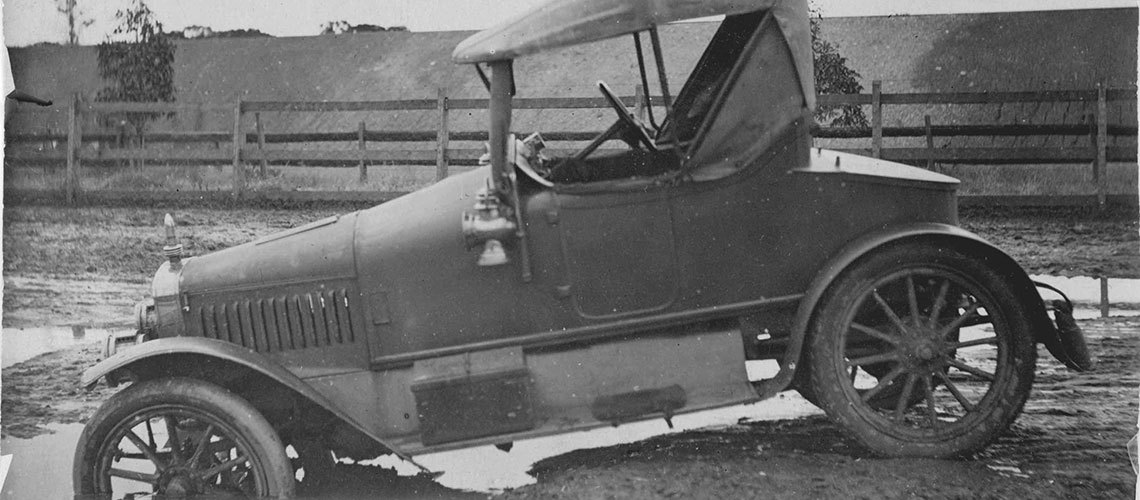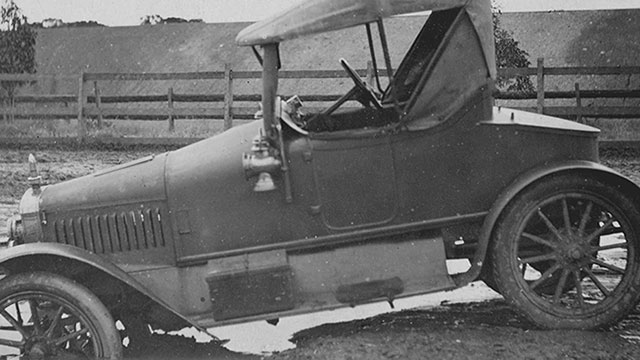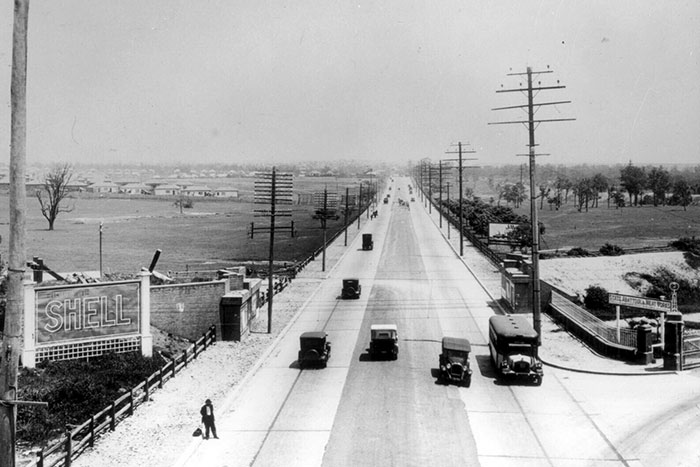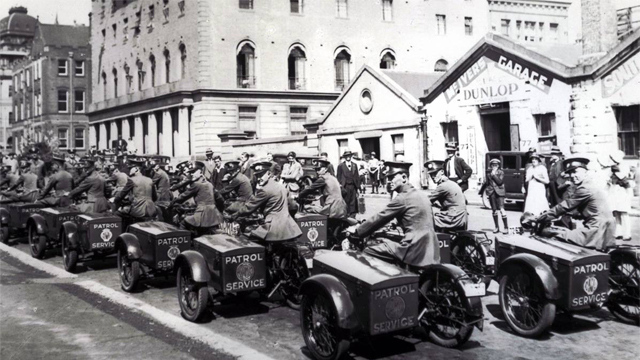No progress without roads


In the 1920s, many roads were impassable - until the NRMA became involved.
It is hard for us today to understand just how bad roads were in NSW before the NRMA came into existence. As early as 1854, the House of Parliament heard questions about when Parramatta Road would be repaired.
That question has been brought up year after year until Parramatta Road was the laughing stock of the whole Commonwealth,” said J. C. Watson when he became president of the NRMA. “It is no exaggeration to say that recently in wet weather it was absolutely impassable, and this within a radius of seven miles from Sydney.
Parramatta Road was also one of Australia’s earliest roads, having been built in 1790 by Governor Phillip. Its potholes in the 1920s were so deep they could literally swallow a car (as pictured above). After rain, the roadway became a quagmire and during dry periods it became a dust bowl.
But it certainly wasn’t alone in its wretchedness. Bad roads all over the state took no prisoners. Travelling to the northern areas, Prime Minister Billy Hughes broke a collarbone after being thrown into a rut. He said after his spill: “If I am not quite myself I must attribute the fact to those roads of yours …”

On the same journey, Governor-General Lord Forster, said dryly: “Australia has 250,000 roads. Some of them are good.”
A major cause of the trouble was that Sydney streets had been built for the horse and carriage, not the weight and speed of cars powered by internal combustion engines. The potholes and ruts made for uncomfortable and dangerous driving. On top of that, the roads were littered with metal, horseshoes and glass bottles, all of which could damage cars or hurt people.
Roads in the suburbs were even worse and, in the country, they were diabolical. Only one-fifth of the state’s roads were sealed or covered with gravel. The other four-fifths were little more than tracks.
In 1920, there were 22,000 cars in NSW and the ACT and nowhere to drive them. A small band of increasingly angry men, including merchants, taxi drivers and businessmen, came together on February 4, 1920, and formed the National Roads Association or NRA (it would be renamed the NRMA in December 1923). They were frustrated by the Government’s lack of action in repairing and building roads and not allocating road taxes entirely to road development.
The principal objectives of the Good Roads Movement were:
- To unite all road users
- To urge the Federal and State Governments to declare and maintain National Highways.
- To urge the Commonwealth to contribute its proportion of the upkeep of State Highways.
- To conduct an educational propaganda campaign throughout Australia.
- To urge that the proceeds of road taxation and motor registration be allocated entirely for road development.
Once installed as NRMA President in 1920, J. C. Watson began a 20-year crusade to improve roads and stand up for motorists. On July 16, 1921, he noted: “There are 97,391 miles of roads. Out of this mileage, 12,534 are formed only; 29,914 are cleared only; and 36,234 are in their natural state. So that out of the total mileage of 97,391 only 18,709 miles are gravelled, metalled, or more highly constructed.”
This article was published in the Centenary edition of the Open Road


